Column: Ambiguities of inclusion in faith communities
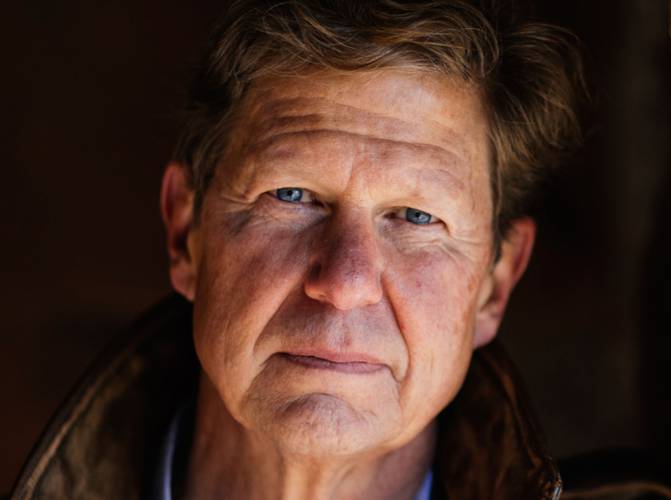
Randall Balmer. Copyright (c) Valley News. May not be reprinted or used online without permission. Send requests to permission@vnews.com.
| Published: 10-02-2023 12:32 PM |
Any honest appraisal of American Christianity in the twenty-first century is sobering. Survey data and anecdotal evidence agree that Christianity is losing its hold on American life. A majority of Americans still regard themselves as Christian, but attendance has fallen, and the number of religiously unaffiliated Americans, known as “nones,” has increased dramatically in the past two decades.
The Roman Catholic hierarchy struggles to regain its credibility following the pedophilia scandals and the sycophancy of conservative bishops to Donald Trump. White evangelicalism has merged with the far-right precincts of the Republican Party. Mainline Protestantism wrestles with issues of sexual identity and attrition.
Finger-pointing abounds. Many people of faith blame the rampant secularization of society in recent decades, while critics contend that Christians themselves, or at least their leaders, are blind to their own shortcomings.
Some of the proposed remedies — an appeal to nostalgia, an attempt to undermine the separation of church and state, trying to throttle religious diversity or asserting the supposed “Christian” origins of the nation — are historically misguided and would only deepen the crisis facing Christianity.
Among mainline, or what I sometimes call “brand-name,” Protestants — Methodists, Presbyterians, Congregationalists, Lutherans and Episcopalians — some blame the determination to be inclusive, a development that arguably began half a century ago when eleven women were ordained to the Episcopal priesthood on July 29, 1974, at Church of the Advocate in Philadelphia.
A recently released documentary, The Philadelphia Eleven, beautifully tells the backstory of these ordinations, which were regarded as illegal according to the canons of the Episcopal Church.
At the General Convention in 1970, women were seated in the House of Deputies for the first time, and three years later, the convention debated allowing women’s ordination to the priesthood. “Grace is channeled through men,” one of the priests thundered. The gathering refused to allow women’s ordination.
Nevertheless, to paraphrase Mitch McConnell, they persisted.
Article continues after...
Yesterday's Most Read Articles
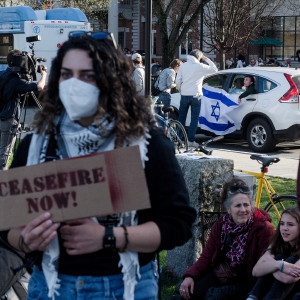 Dartmouth moves swiftly to stymie demonstration, leads to 90 arrests
Dartmouth moves swiftly to stymie demonstration, leads to 90 arrests
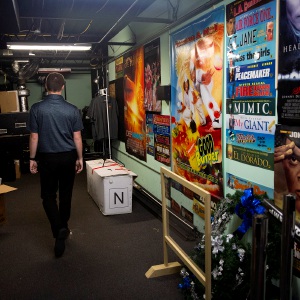 Claremont movie theater to close at end of May
Claremont movie theater to close at end of May
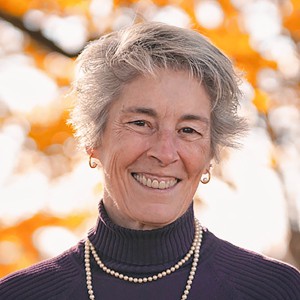 Colby-Sawyer names interim president
Colby-Sawyer names interim president
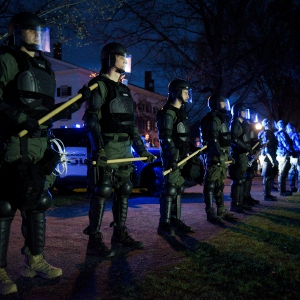 Kenyon: Dartmouth shows it has no patience for peaceful protest
Kenyon: Dartmouth shows it has no patience for peaceful protest
 Lebanon High senior comes to the aid of driver with health problem
Lebanon High senior comes to the aid of driver with health problem
Strategists decided that more than one woman should be ordained and that more than one bishop should preside. Inquiries were sent to 14 female deacons; 11 agreed to be ordained. “We were not the same by any means,” one recalled. “Conservative and liberal and progressive and radical and right on the edge.”
These women clearly were emboldened by civil rights movement, but second-wave feminism also played a role in shaping their aspirations. “It was a remarkable time to grow up,” one said. “The world was changing, and this country was changing.”
The deacons who proceeded to ordination recognized that their actions imperiled their future in the church they loved. “You need to speak the truth even if your voice shakes,” one woman declared. “And that’s what I did.”
As word of the impending ceremony leaked to the press, participants faced threats of violence. Police were mobilized outside the church. The ordinations proceeded, however, in joyful celebration. Barbara Harris, who would later be the first woman elected bishop, served as crucifer.
Reactions were swift and decisive. Episcopal bishops were summoned to an emergency meeting at O’Hare Airport. Unsurprisingly, they declared the ordinations invalid. Many women also opposed. “It is simply a role that a woman cannot fill,” one said. “I’d be delighted if they go away,” said a man, who referred to the “priestesses” as “11 little Indians.”
The first public Eucharist with women as celebrants took place not at an Episcopal church but at Riverside Church, on Oct. 27, 1974. The road to acceptance was long and tortuous. Rectors who invited women to celebrate imperiled their own careers, as when the head of a standing committee informed Peter Beebe, “Your career is over.”
Beebe, however, named the hypocrisy, especially to the bishop who had marched with Martin Luther King at Selma. “How dare you preach to this country,” Beebe said, “the way you did and not to your own institution?”
The 1976 General Convention voted retroactively to approve the ordinations and open the priesthood to women.
The ordination of the Philadelphia Eleven half a century ago certainly changed the Episcopal Church. Many congregations left the denomination, and the historian in me hastens to point out that this may be only the second major instance in American history when a religious group chose effectively to diminish its numbers. (The other was the 18th-century reformation of Quakerism in Pennsylvania to reclaim its pacifism.)
The kerfuffle over women’s ordination prepared the Episcopal Church to weather the storms surrounding the ordination of gays and the consecration of Gene Robinson as bishop of New Hampshire in 2003.
Inclusion, however, may be a double-edged sword. Faithfulness to the inclusive mandates of the gospel sometimes comes at the price of numbers.
Randall Balmer, an Episcopal priest, is author of the forthcoming “Saving Faith: How American Christianity Can Reclaim Its Prophetic Voice.”

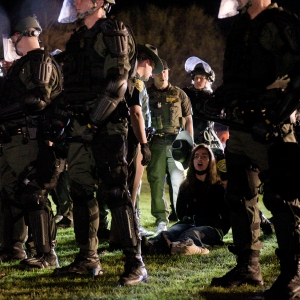 Editorial: Response to campus protests only adds fuel to the fire
Editorial: Response to campus protests only adds fuel to the fire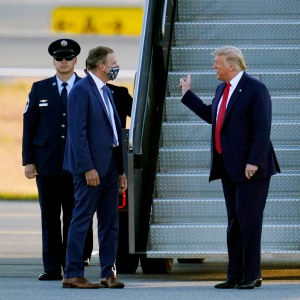 Editorial: Chris Sununu’s moral vacuum
Editorial: Chris Sununu’s moral vacuum Editorial: Gambling tarnishes America’s sporting life
Editorial: Gambling tarnishes America’s sporting life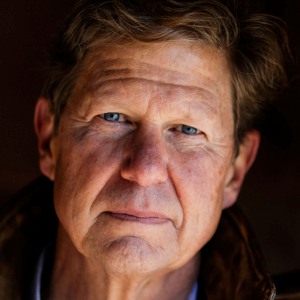 By the Way: A white nationalist’s many mistruths
By the Way: A white nationalist’s many mistruths
